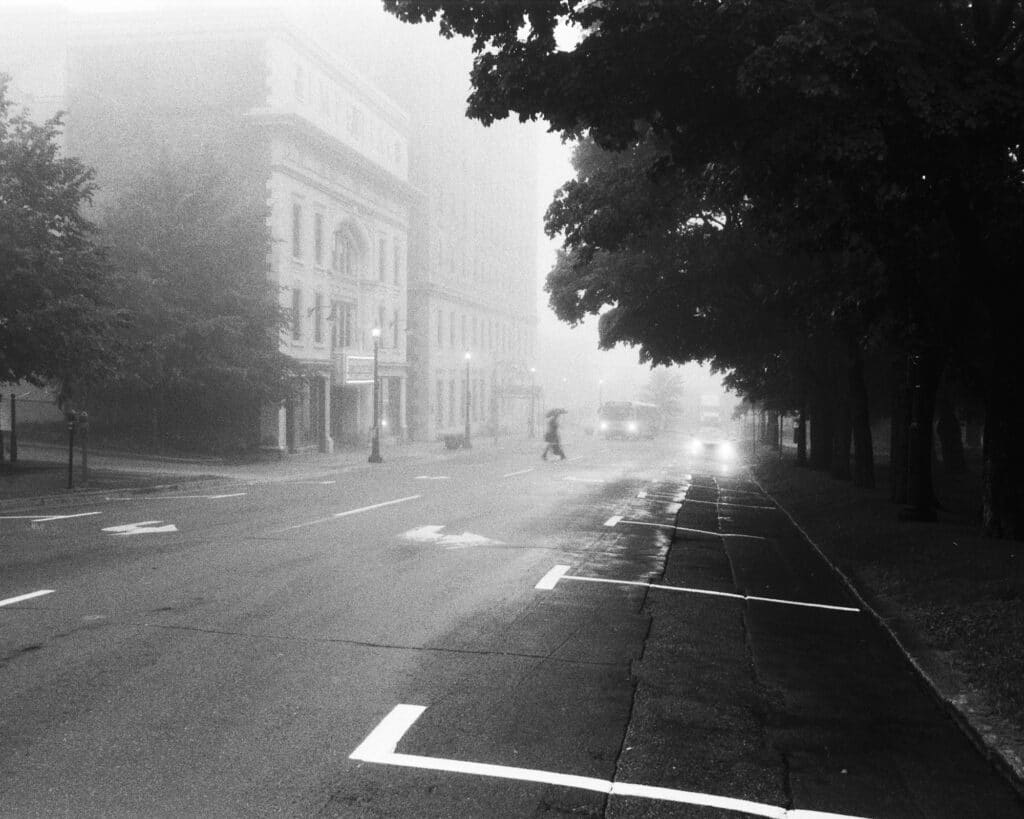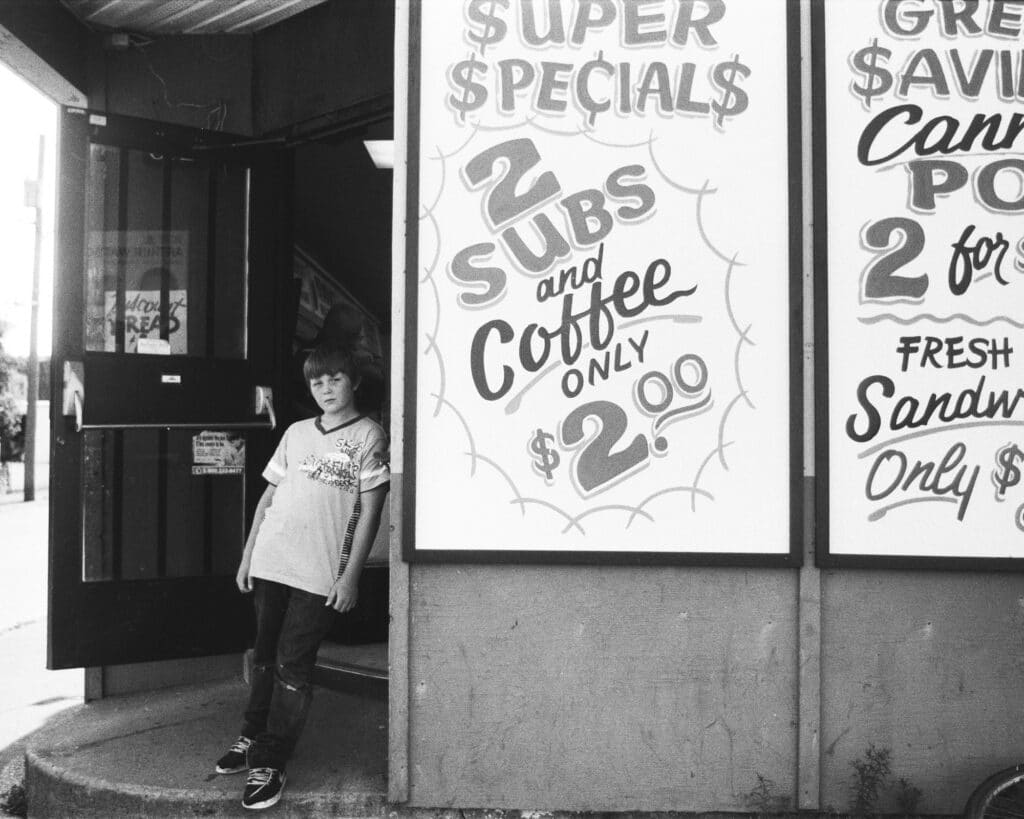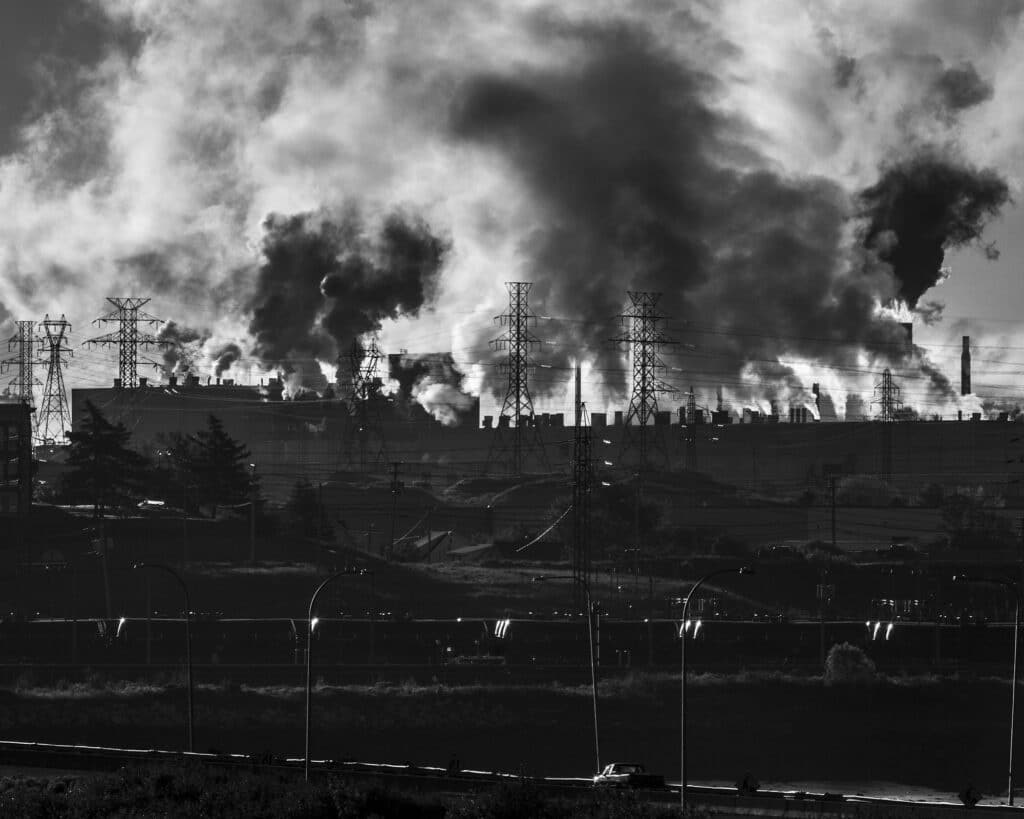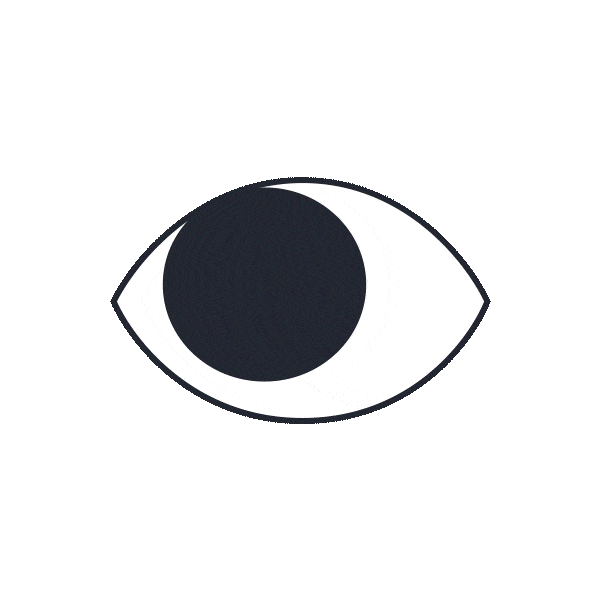In the Canadian province of New Brunswick, the city of Saint John is home to the country’s largest oil refinery. Mostly run by a single billionaire family that employs a large part of the region’s population, its monopoly extends beyond economics into the political sphere as well.
“In this city, the richest and the poorest neighborhoods in Canada are just ten minutes apart by car. It’s incredibly frustrating, and it challenges the trickle-down theory so popular in North America, but it’s also fascinating, because this dynamic is visually reflected in how people live,” explains Chris Donavan.
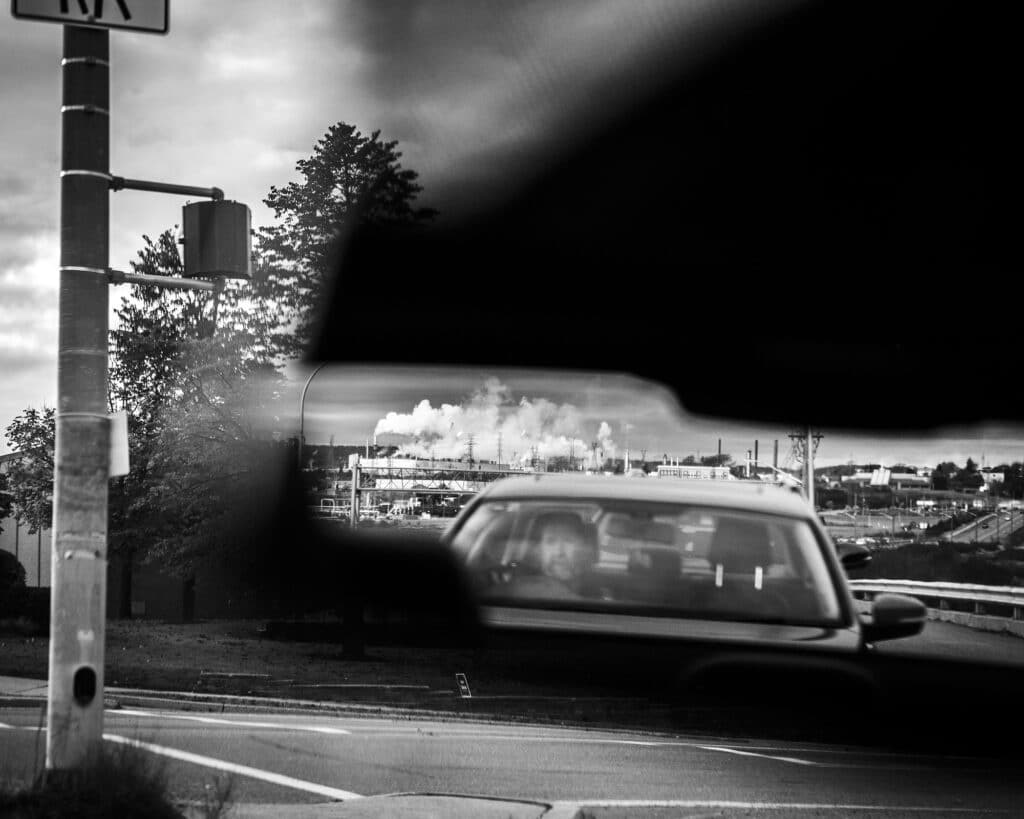
A native of Saint John himself, the photographer spent ten years shooting the region for a project now published by Gostbooks as The Cloud Factory—a book that sits between documentary and fictional storytelling, a middle ground Donavan is familiar with: “I dropped out of art school to focus on journalism, then found myself returning to the art world. Now, I move between the two,” he says.
A microcosm of contemporary capitalism
Convinced that “the personal is political,” the author rejects any notion of objectivity and plays with contrasts to weave a complex narrative full of nuance and ambiguity. “I love photography because it allows contradictions to coexist,” he comments. In The Cloud Factory, stark monochromes emphasize glaring inequalities; vibrant portraits contrast with orderly architecture; and thick black smoke from factories spreads like a silent threat, polluting every frame.
Everywhere, the images teem with life, overflowing almost, with a human abundance that pulls us into daily life and immerses us in the dichotomy that defines this place—a dichotomy that makes it unique. “Saint John is a place that must be seen, heard, smelled, rather than talked about,” says Donavan. “It’s a microcosm of the kind of popular contemporary capitalism found across the continent. It was one of the first contact points for French and British colonizers who founded Canada—a country built on the idea of industrial progress at the expense of human life.”
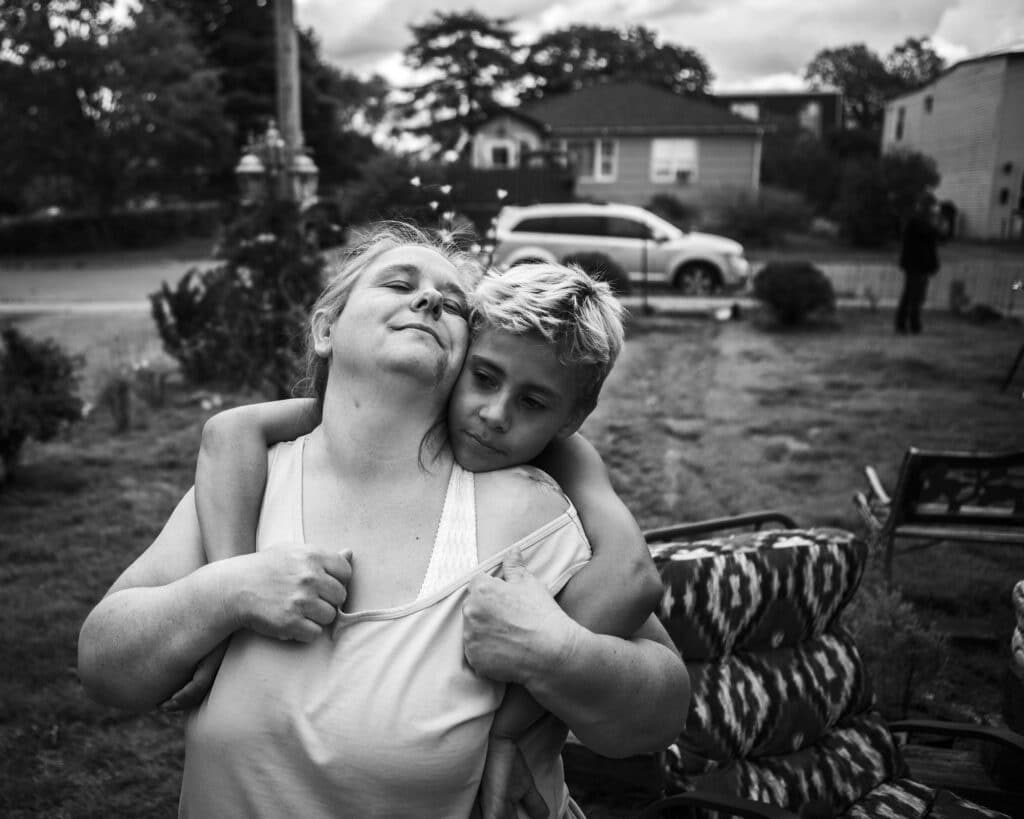
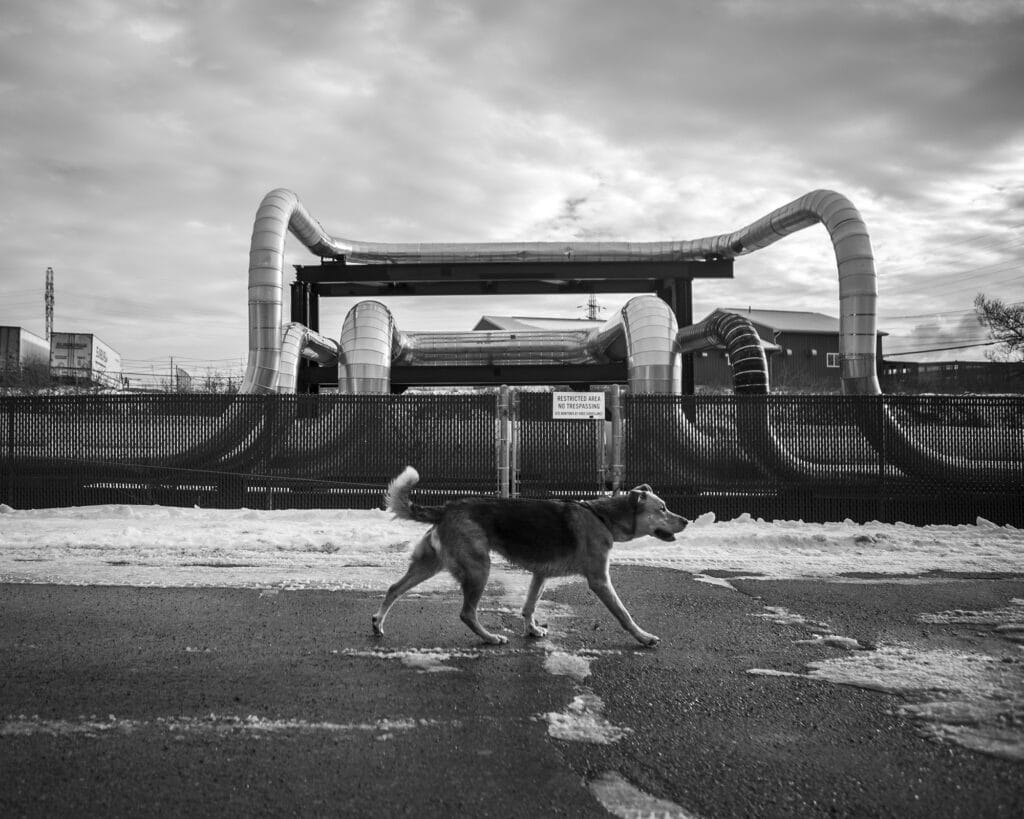
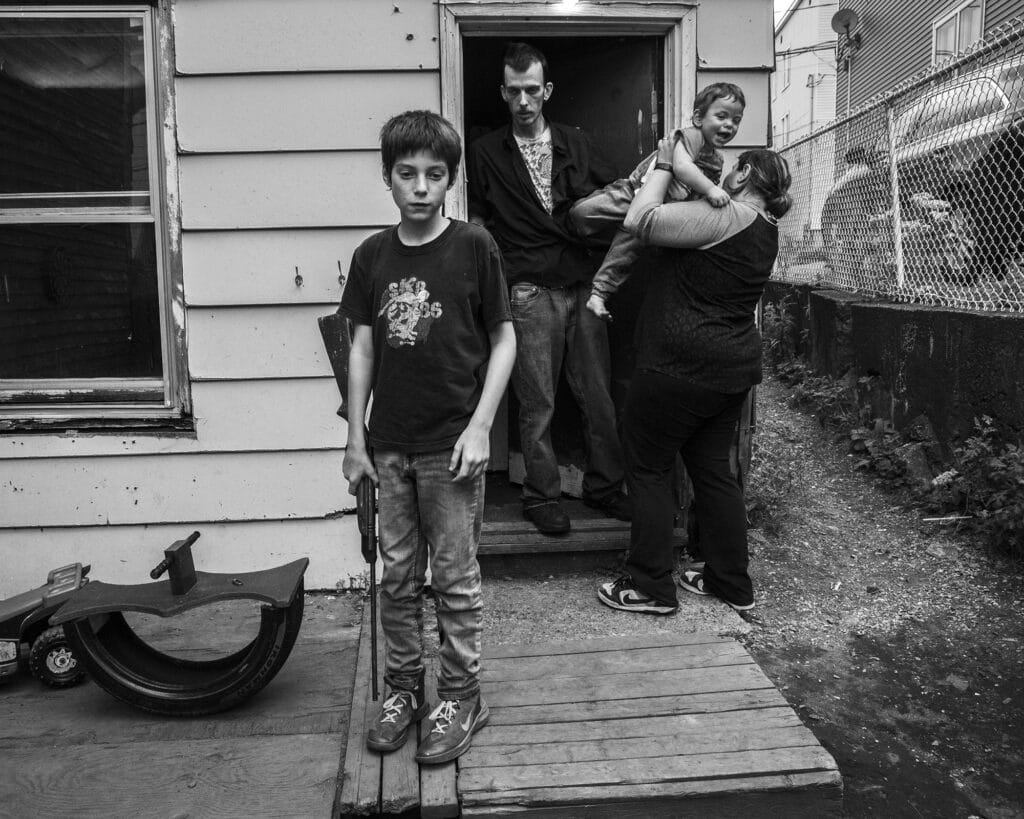
This ideology is especially rooted in a place like Saint John. At the same time, Donavan explores the impact of “slow violence,” a term coined by South African author Rob Nixon in his book Slow Violence and the Environmentalism of the Poor. “For those who live in industrial communities, prolonged exposure to factory emissions can be dangerous, even deadly. But because the effect isn’t immediate, it doesn’t stand out to people,” the photographer explains. He then asks: how can one capture a form of violence that is largely invisible because it takes decades to unfold?
Silencing all forms of protest
Drawing inspiration from the concept of “toxic sublime” developed by Professor Jennifer Peeples, Chris Donavan blends ugliness with elegance in his images. The few bursts of color—placed at the beginning and end of the book—serve as “meditative prefaces and postscripts,” for him. These aesthetic breaths help capture the attention of those who value visual beauty in photography, drawing them into a darker and harsher story: that of a city dependent on a dominant minority whose overwhelming influence renders them all-powerful.
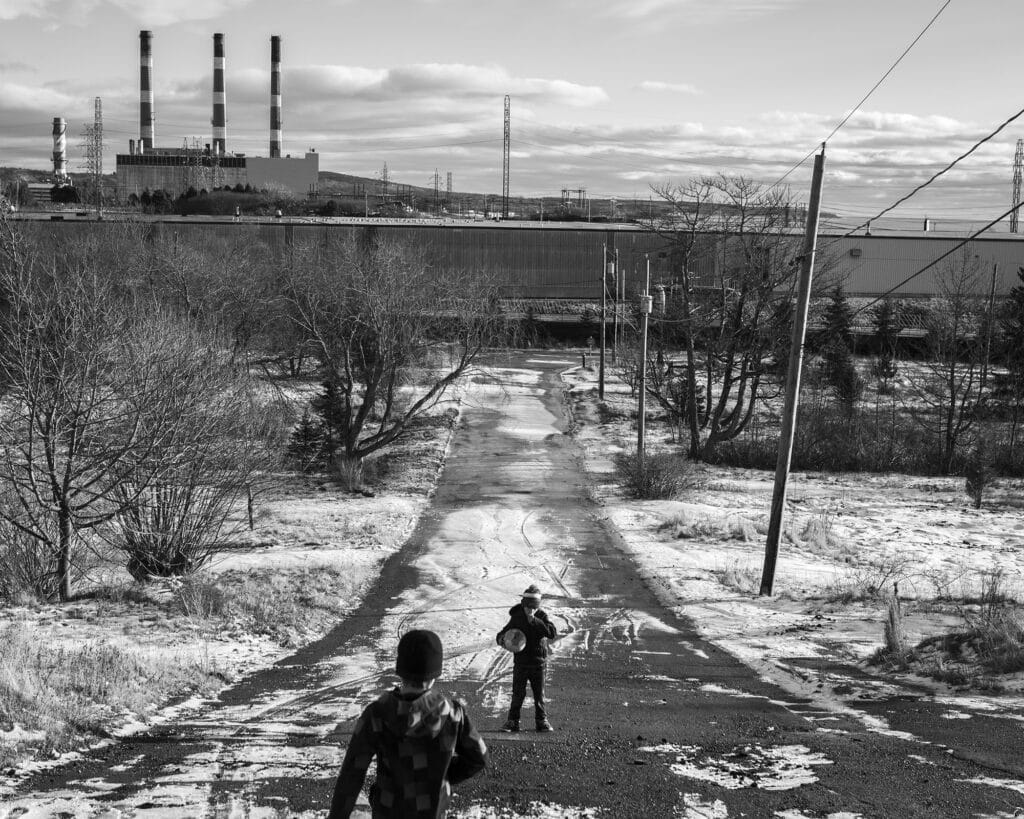
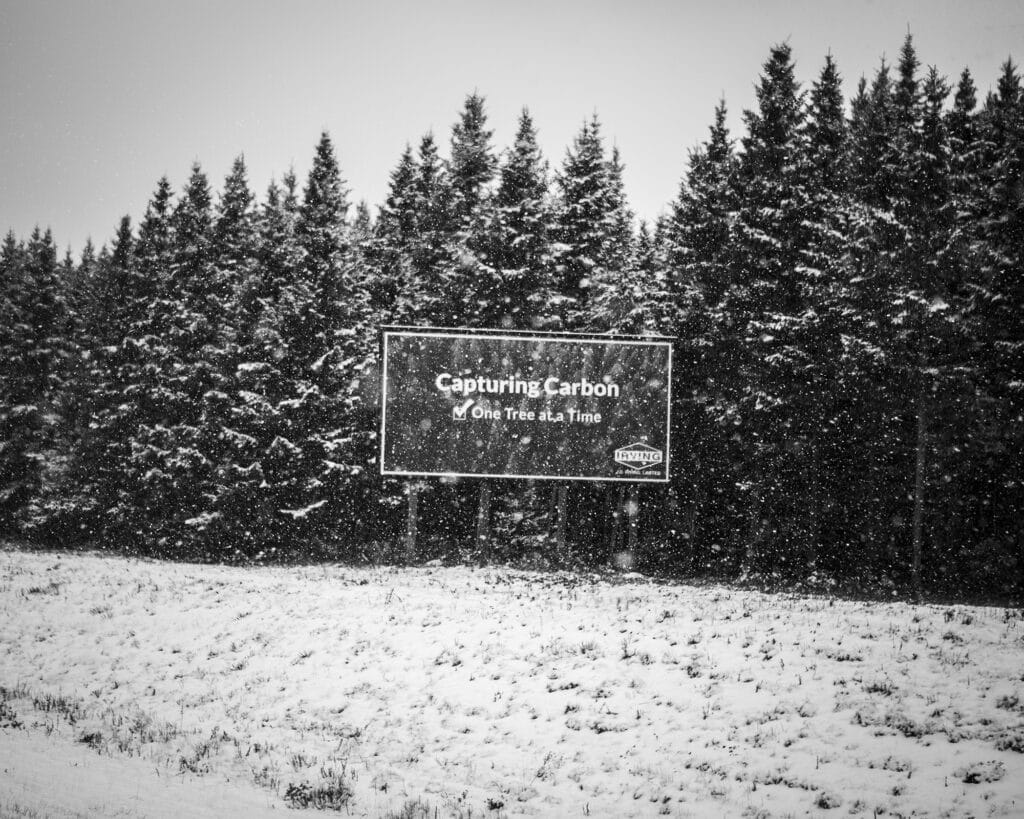
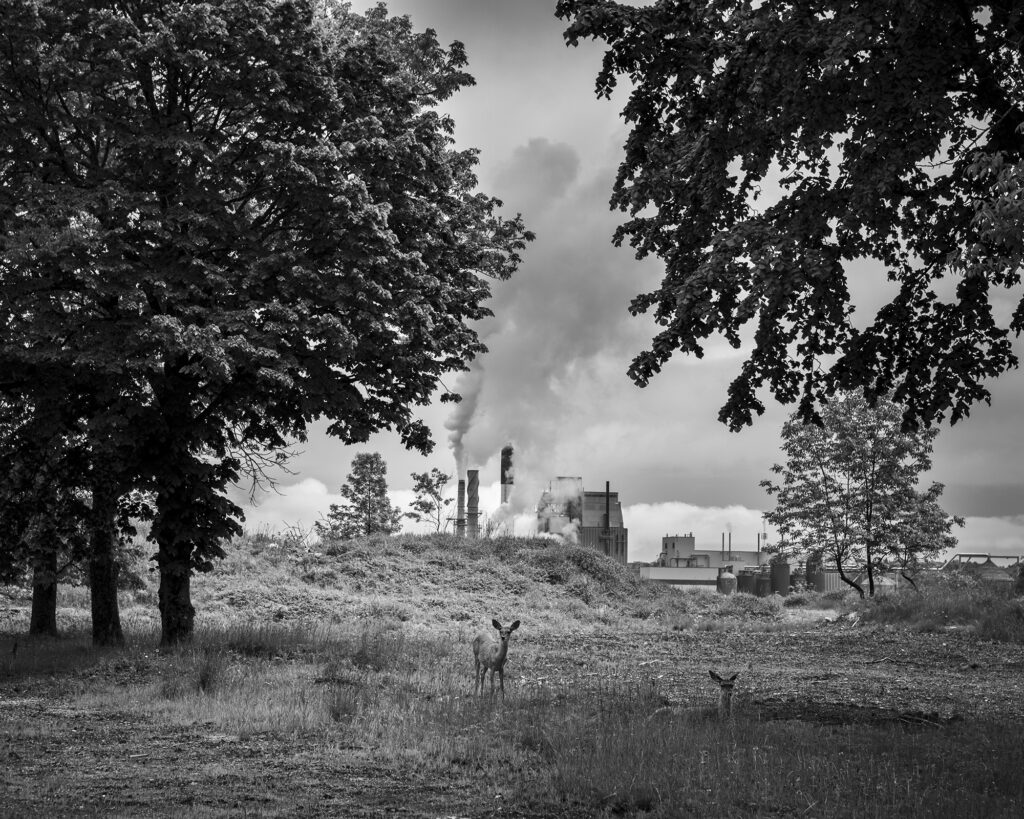
Influenced by the panopticon structure (a type of prison architecture placing a guard in a central tower so they can observe all prisoners without being seen themselves), Donavan portrays factories as ominous and relentless watchtowers. “Just like in those prisons, the fear of punishment alone is enough to ensure obedience. The anxiety over potential consequences prevents many people from speaking out against the industry and its leaders. In Saint John, any form of protest is viewed by the public as deviant behavior,” he explains.
A torturous way to silence any opposition to labor exploitation and environmental degradation. “But,” Chris Donavan reminds us, “this book says none of that. It simply shows you a city where these things happen. You must decide whether to read these images that way, or simply browse the portrait of a place.
The Cloud Factory is available from Gostbooks, priced at €70.

